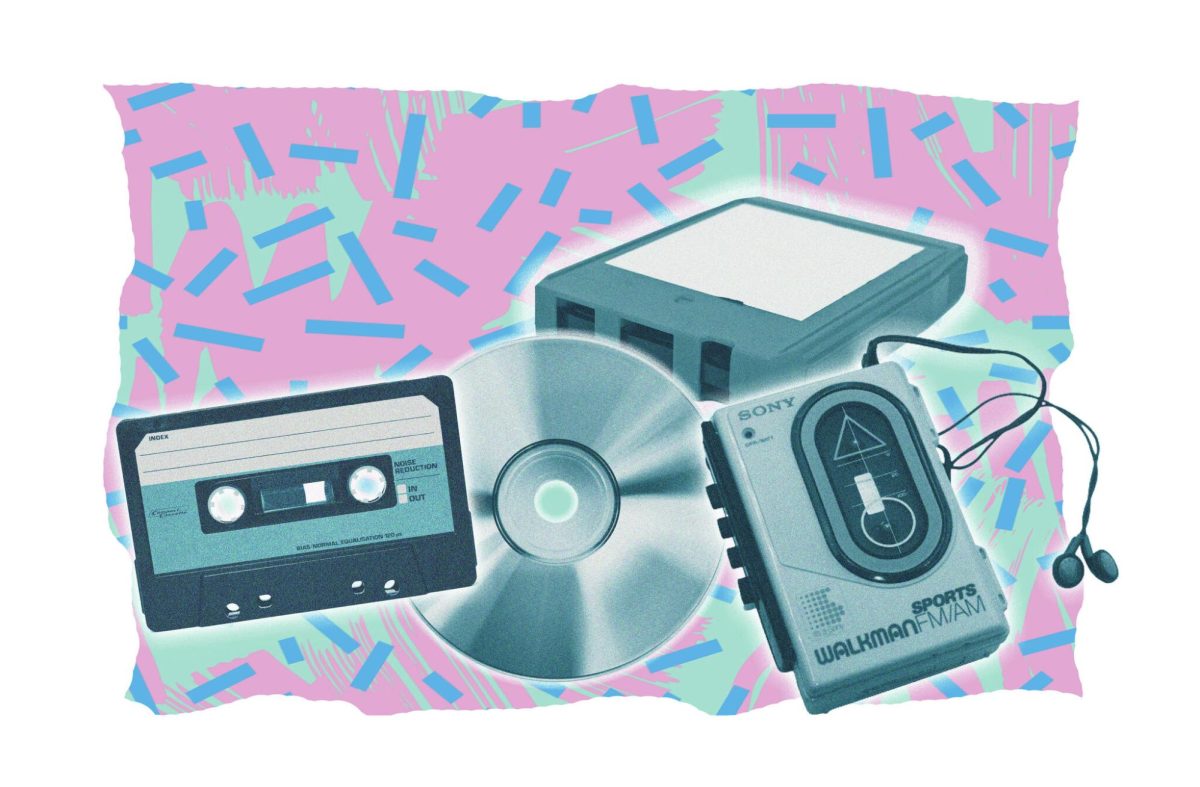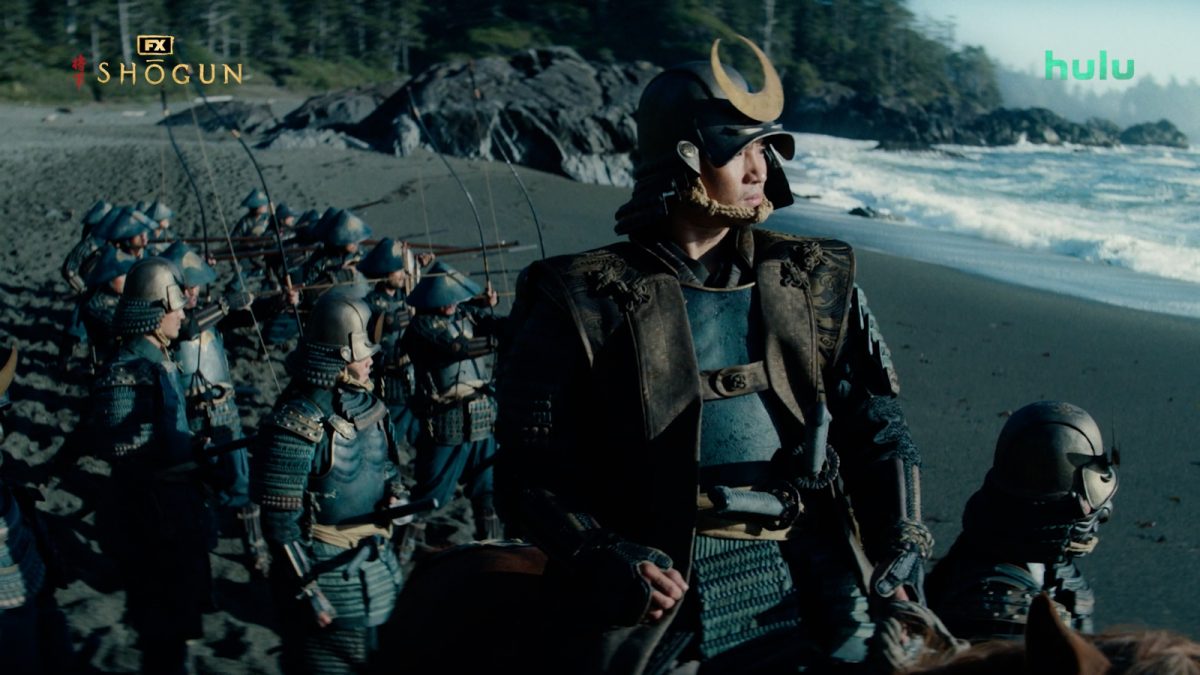You never need to be bored again. All of eternity sits right in your pocket, ready for you to see. No more fumbling with pesky cassette tapes, squinting through small-print newspapers, or hearing the satisfying “click” of your favorite album sliding into place.
Free access to the internet has settled into the hands of users across the globe, securing itself as the main source of communication and consumption. The internet has been twisting into new forms as of late, with fast-paced, short-form, and streamed content proving to be the most popular way to consume media and effectively (in theory, not so much in practice), erase boredom.
While many adults remember the days of jammed VCRs and scratched CDs fondly, they have easily embraced the switch into an all-streaming lifestyle, which has since become the norm. Many children of the newest generations haven’t had the experience of holding their favorite games or movies in their hands in favor of digital download, which has raised the eyebrows of the critics of the fast-paced, digital landscape of today’s media consumption.
The importance of “real” things is often overlooked. Why would someone waste their time with rewinding a tape when they could stream their favorite shows from their smartphone? This seems like a reasonable question, as it suits today’s world – not many folks even own a DVD player for their television sets.
Although it is faster and easier, relying on streaming services and social media for our entertainment leaves a gaping void where the tangible experience of its antiquated predecessors used to be. While everyone is extremely focused on keeping everything faster and more streamlined, we forget the quiet slowness that comes with tangibility. There is something very grounding about prying open the case to your favorite game or movie, the weight of it in your hands. Finding embodiment through media that remains in the digital ether is extremely difficult, because it only exists as an idea to us. It exists only the vacuum of our smartphone, of our computers.
A major problem of the internet today is: “It just became too much,” said Peyton Bellenie, a student at Arizona State University, “it stopped being fun.” Bellenie, 18, has already become disillusioned at the fading novelty of short-form content. This is a belief on the rise among the young adults of Gen Z, as they move on from their childhood views on readily available entertainment. Sitting and scrolling plays less of an important role in their daily lives, but they still see it all around them. The disillusionment that Gen Z is facing rivals that of the cynics of Gen X, although the context is different.
“I keep noticing that doomscrolling is all that my sister does in her free time,” Bellenie said. “She doesn’t have any hobbies.” The ease of social media platforms such as TikTok or Instragram alleviates the need to seek out one’s own hobbies. Just being able to sit and scroll in an infinite loop is enough for many users. This fact is causing unrest among young adults who feel surrounded by shallow content and advertisements, nothing with any real meaning.
The dull ache of the desire for embodiment and engagement in our media is only becoming sharper as times goes on. The oversaturation of AI bots and advertisements on the internet has become newsworthy. Many folks have lovingly called the state of the internet as “dead.” The “Dead Internet Theory” is gaining notoriety, as it explains the AI ad bot infestation of online spaces. These theorists pose that there are more bots engaging with media online than real people, which creates a cyclical spiral of AI interacting with AI. The internet isn’t for people anymore, it seems.
This is where the rise of physical media has begun to appear. While originally seen as a virtue signal from hipsters who collect vinyl presses of their favorite folk-punk albums, physical media is becoming seriously considered and respected as a valid form of entertainment. Much of Gen Z grew up with some sort of physical media in their lives, whether that be their parents’ movie collections, their Nintendo cartridges, or a Britney Spears CDs. These pieces of their lives had since been donated or squashed into a shoebox under their beds when they realized that streaming is much faster. Fast-forward to adulthood, and these people are feeling themselves gravitate towards the experience of physically holding onto something that they love.
It is okay to be bored. Many folks find themselves threatened by boredom, but that doesn’t have to be the case. Boredom fosters creativity, which is what keeps life full of hope and color. To be fulfilled in the quiet moments is a skill that is quickly becoming obsolete, so clinging to it is imperative. Go to a thrift store and pick up a graphic novel, rediscover the CD that you played to death as an 11-year-old, dig up your parents VCR and rewatch Strawberry Shortcake. Embrace the tangibility of your interests and embrace the quietness and creativity that boredom creates. It is okay to hold both and still be satisfied.












